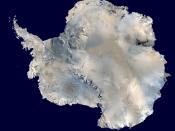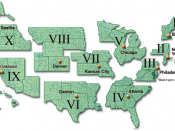Most disaster experts claim that when faced with trying situations such as natural disasters, most people react calmly and do their best to help other people in need when they are able, once the initial shock passes. These researches would have us believe that the majority of people band together and forget race, ethnic, economic, and social boundaries when faced with devastation. The media, however, tells us that the majority of people panic, and engage in mob-like behavior in such situations, and that those that are willing to pitch in and help in the aftermath of natural disasters are either trained professionals of search and rescue teams, or a few good Samaritans.
In the film, "The Day After Tomorrow" the world is facing widespread devastation due to Global Warming and the melting of the polar ice caps. As all Hollywood flicks tend to do, this movie focuses on a few brave souls (a leading researcher in the field and his family are included) who do what they must to survive and help others get through.
However, when the viewer is shown scenes of the general public, one sees mass panic and desperation. For example, once word of the oncoming disaster reaches the media and people are told that they will be safe if they head to Mexico, people are shown trampling each other and busting down fences in an effort to reach "higher ground." Our text would have us believe that this would not be the general reaction. It says that most people would remain calm and orderly, then return to help others once the initial damage could be assessed. In the film, most people left and the search and rescue effort was left up to groups (in the US at least, where the movie was mostly set) like FEMA...


